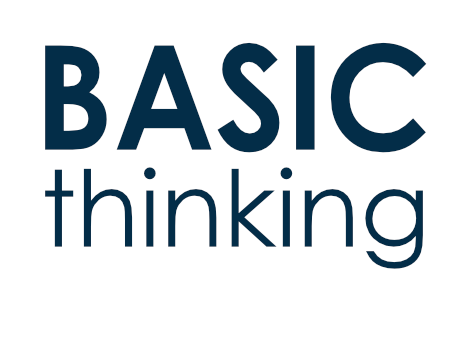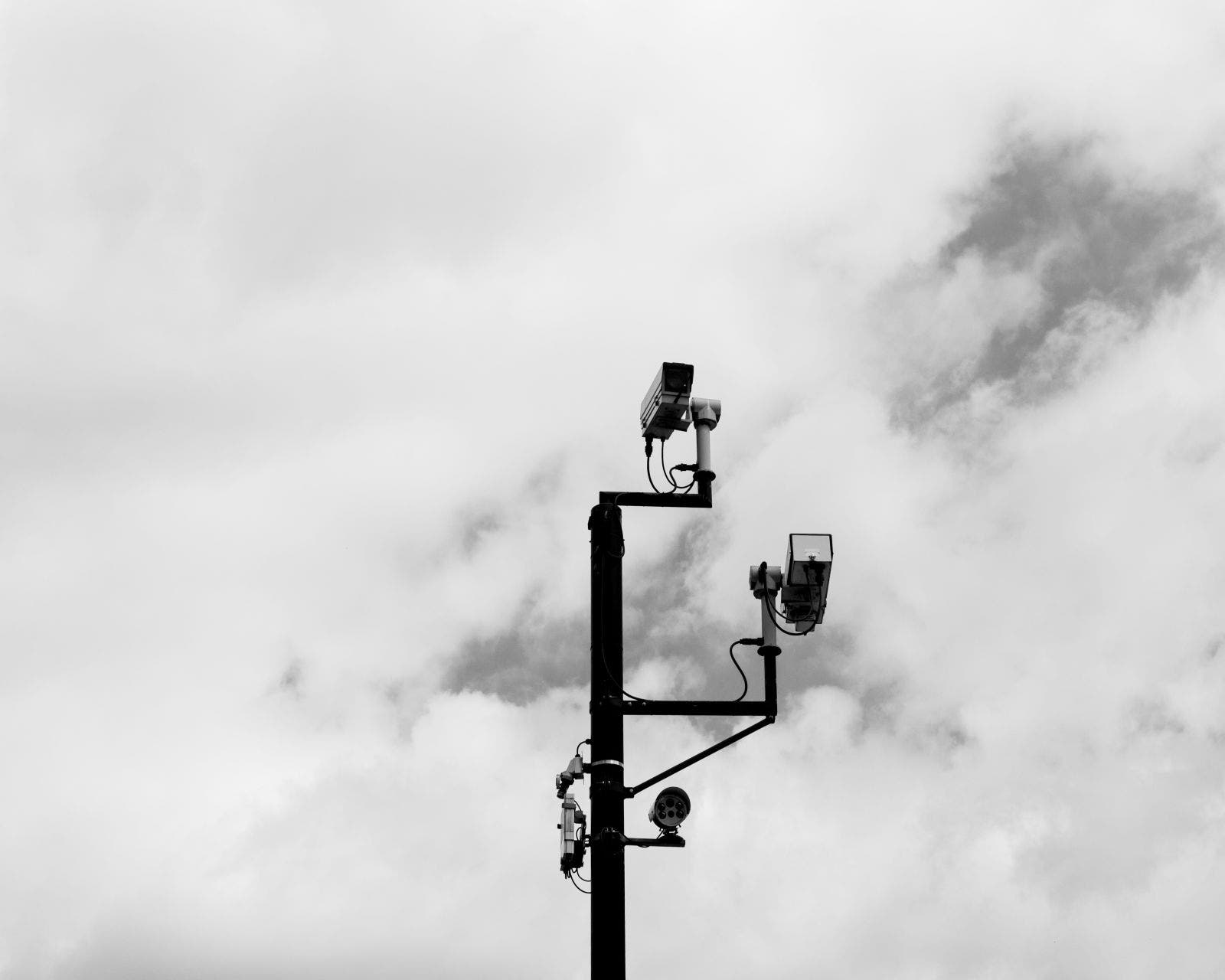Danah Boyd hat sich beide Plattformen näher angeschaut und versucht herauszufinden, welche Teile der Jugendlichen in den USA wo zu finden sind. Eher auf Facebook oder eher auf MySpace? Interessantes Resultat soweit: Anyhow, I don’t know where to go with this, but I wanted to get it out there. So here it is. MySpace and Facebook are new representations of the class divide in American youth. Le sigh.
Viel Spaß beim Lesen: Viewing American class divisions through Facebook and MySpace
Btw, ich weiß nicht, ob das unbedingt eine Rolle spielt, dass beide Anbieter zur Anwendungsklasse der Social Networks gehören. Und, ob ein Social Network aufgrund des viel stärkeren Personenbezugs solche Effekte, wie sie Danah Boyd beschreibt, aus sich selbst heraus verstärkt.










